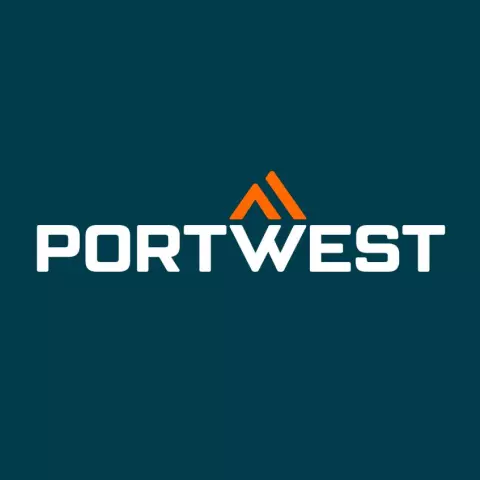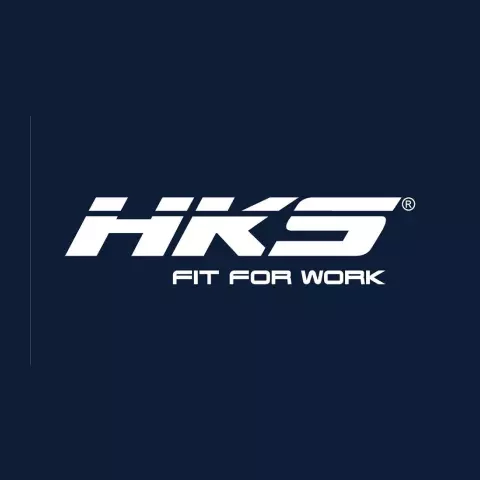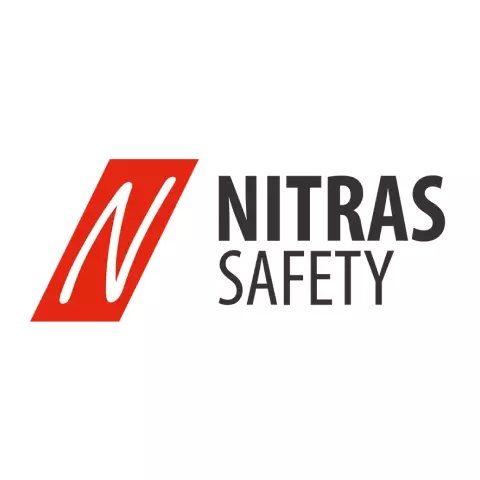
Global Sourcing: Overcoming Common Challenges
Introduction Global sourcing has become essential for companies seeking a competitive edge by harnessing global resources. Buying from overseas vendors...

Get 20€ off on your first order!































For companies in the fast-paced global economy of today, supply chain interruptions can have a major influence. Recent events include political unrest in Asia, the Suez Canal closure, Bangladeshi protests, and natural calamities have highlighted weaknesses in contemporary supply systems. Preventing delays, higher expenses, and harm of reputation depends on effective risk management. This book addresses best practices for risk reduction as well as the part sophisticated technologies play in controlling supply chain and environmental, social, governance concerns.
A strong risk mitigation strategy is needed to detect and mitigate supply chain vulnerabilities. Technology helps firms anticipate and respond to disturbances by delivering real-time data analysis, predictive insights, and automated monitoring.
Identifying and categorising supply chain hazards is essential to risk reduction. To create effective contingency plans, companies must identify risks from sourcing to delivery. Risks are classified as operational, strategic, and external.
Major quality and compliance lapses, equipment breakdowns, and worker strikes constitute operational hazards.
External concerns including strategic risks include market instability, inflation, laws, and competition.
Natural disasters, geopolitical disputes, and delayed transit are among external hazards.
A Risk Matrix Framework classifies risks by kind and evaluates their impact and likelihood.
The Risk Matrix Framework grids hazards by likelihood and impact.
What if unanticipated interruptions pose risks? How can you avoid manufacturing and supply chain risks?
In an era of massive data generation, supply chain vulnerabilities can be hard to track. Consider these shocking numbers:
AI can help leverage the massive amount of data accessible.
Managing risks effectively is essential for keeping the supply chain strong in a complex global market. Using advanced technologies such as AI for data mining, machine learning, and predictive analytics helps businesses predict and reduce disruptions. Establishing a thorough risk assessment and classification system enables companies to prioritize and manage risks effectively. These strategies help ensure business continuity, improve operational efficiency, and protect the company’s reputation amidst supply chain challenges.
Thank you! You've signed up for our newsletter.









Introduction Global sourcing has become essential for companies seeking a competitive edge by harnessing global resources. Buying from overseas vendors...

Introduction Data drives company choices, especially in B2B, in today’s digital world. Large volumes of data collected and exchanged between...

Introduction: Understanding sourcing patterns is crucial as B2B organisations expand. B2B transactions are the backbone of industries and supply networks...

Introduction Global sourcing has become essential for companies seeking a competitive edge by harnessing global resources. Buying from overseas vendors...

Introduction Data drives company choices, especially in B2B, in today’s digital world. Large volumes of data collected and exchanged between...

Introduction: Understanding sourcing patterns is crucial as B2B organisations expand. B2B transactions are the backbone of industries and supply networks...
Get 20€ off on your first order!
Save 30% by buying directly from brands, and get an extra 10€ off orders over €100
Save 30% by buying directly form brands, and get an extra 10€ off orders over €100